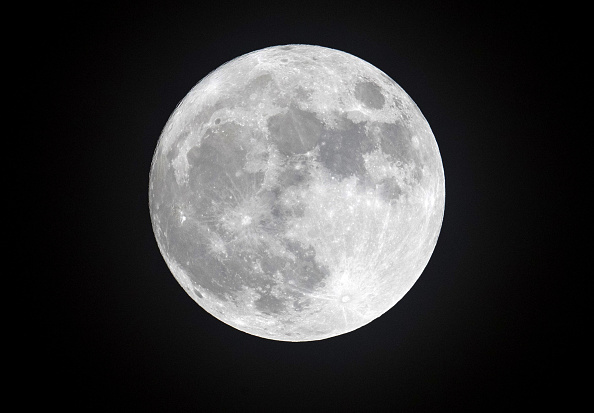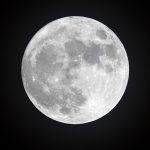On Friday, August 23, a rare lunar event known as a “black moon” took place.
Unlike a full moon, the black moon could not actually be seen, because the Moon’s sunlit side was facing away from Earth. Still, the event created an especially dark night sky, giving stargazers a perfect chance to spot stars, constellations, and even nearby planets.
A black moon doesn’t mean the Moon turns black. Instead, it describes a year when there are 13 new moons instead of the usual 12. Since a lunar cycle lasts about 29.5 days, the Moon and our calendar sometimes fall out of step. This causes extra new moons, just as a “blue moon” refers to extra full moons.
There are two ways to define a black moon. It can be the second new moon in a single month or the third new moon in a season that has four new moons. The August event was the seasonal type, which only happens every few years.
In the southern hemisphere, people could admire the Celestial Emu, a constellation from Aboriginal astronomy, and even the Magellanic Clouds, two small neighbouring galaxies.
Planets were visible, too. Saturn shone brightly all night, while Venus and Jupiter appeared just before dawn in the northeast sky.













That is so cool!!!